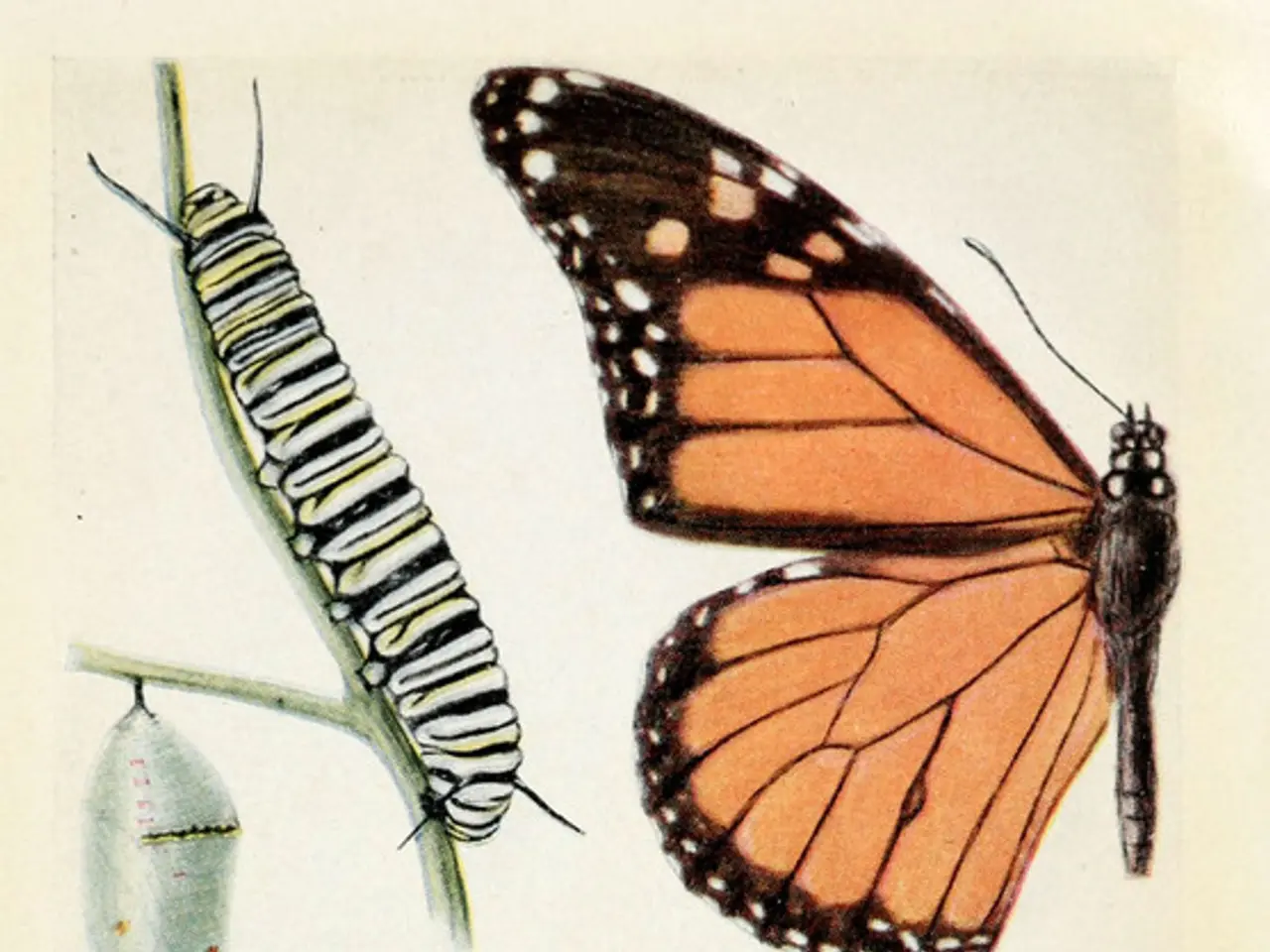Variola Virus Explanation:
The Variola virus, responsible for causing smallpox, is a highly contagious and deadly pathogen that has plagued humanity for centuries. This virus, belonging to the Orthopoxvirus genus, has been responsible for an estimated 300-500 million deaths in the 20th century alone.
Smallpox, caused by the Variola virus, can be severe and debilitating, with symptoms typically appearing within 10-14 days after exposure to the virus. The primary symptoms include fever, headache, fatigue, and a characteristic rash that progresses from red spots to blisters and eventually crusts. Infected individuals are most contagious during the feverish stage, which occurs before the rash appears.
The virus is primarily transmitted through direct contact with an infected person's saliva, mucus, or rash, as well as through contaminated objects and airborne transmission. It can also spread through the air when an infected person talks, coughs, or sneezes, especially in enclosed spaces with poor ventilation.
Diagnosing the Variola virus can be challenging, and a thorough medical examination and laboratory tests are necessary to confirm the diagnosis. Laboratory tests for smallpox diagnosis include viral culture, polymerase chain reaction (PCR), and enzyme-linked immunosorbent assay (ELISA). These tests should only be conducted in a specialized laboratory with proper safety precautions, as the variola virus is highly contagious and can be transmitted through contact with infected materials.
Treatment for smallpox focuses on managing symptoms and preventing complications, with supportive care, antibiotics, and wound care being common methods. However, there is no specific treatment for Variola Virus infection.
Vaccination is the most effective way to prevent smallpox. The smallpox vaccine contains a live, attenuated virus that stimulates the immune system to produce antibodies against the variola virus. Vaccination is recommended for people who are at high risk of contracting smallpox, such as laboratory workers, healthcare professionals, and individuals who have been exposed to the virus.
The global effort to eradicate smallpox through vaccination led to its eventual elimination in 1980. In addition to vaccination, current prevention strategies for smallpox include enhanced surveillance and detection, stockpiling of vaccines, and research and development of new vaccines and treatments.
Current research on the Variola virus and related orthopoxviruses is conducted at institutions like the Icahn School of Medicine at Mount Sinai, which identified potent human antibodies against mpox, an orthopoxvirus, and the Julius-Maximilians-University Würzburg, where research explores poxvirus transcription mechanisms and potential drug targets. These institutions contribute to understanding and developing therapies against Variola and related viruses.
Factors that can increase an individual's risk of contracting the variola virus include close contact with infected persons, a weakened immune system, lack of vaccination, and living in areas with poor sanitation and hygiene. The virus can survive on contaminated objects, such as clothing, bedding, towels, and utensils, and touching or handling these contaminated objects can transfer the virus to a healthy individual.
It is not possible to get infected with Variola Virus from the vaccine, as the vaccine does not contain the live virus. Isolation and quarantine are essential to prevent the spread of smallpox, with patients with suspected or confirmed smallpox being isolated in a specialized facility and contacts being quarantined and monitored for symptoms.
Smallpox can lead to a range of complications, including bacterial superinfections, encephalitis, keratitis, and secondary bacterial infections such as pneumonia and meningitis. It is crucial to take necessary precautions to prevent the spread of this deadly virus and to continue research and development of vaccines and treatments to combat it.
Read also:
- Local nursing conferences receive approximately 1.17 million euros in funding
- Countries initiate efforts to prohibit smoking within vehicles
- Backed by Scientific Evidence, 11 Strong Arguments for Almond Appreciation
- Administration's effort to dismiss thousands of Health and Human Services employees denied by the court






